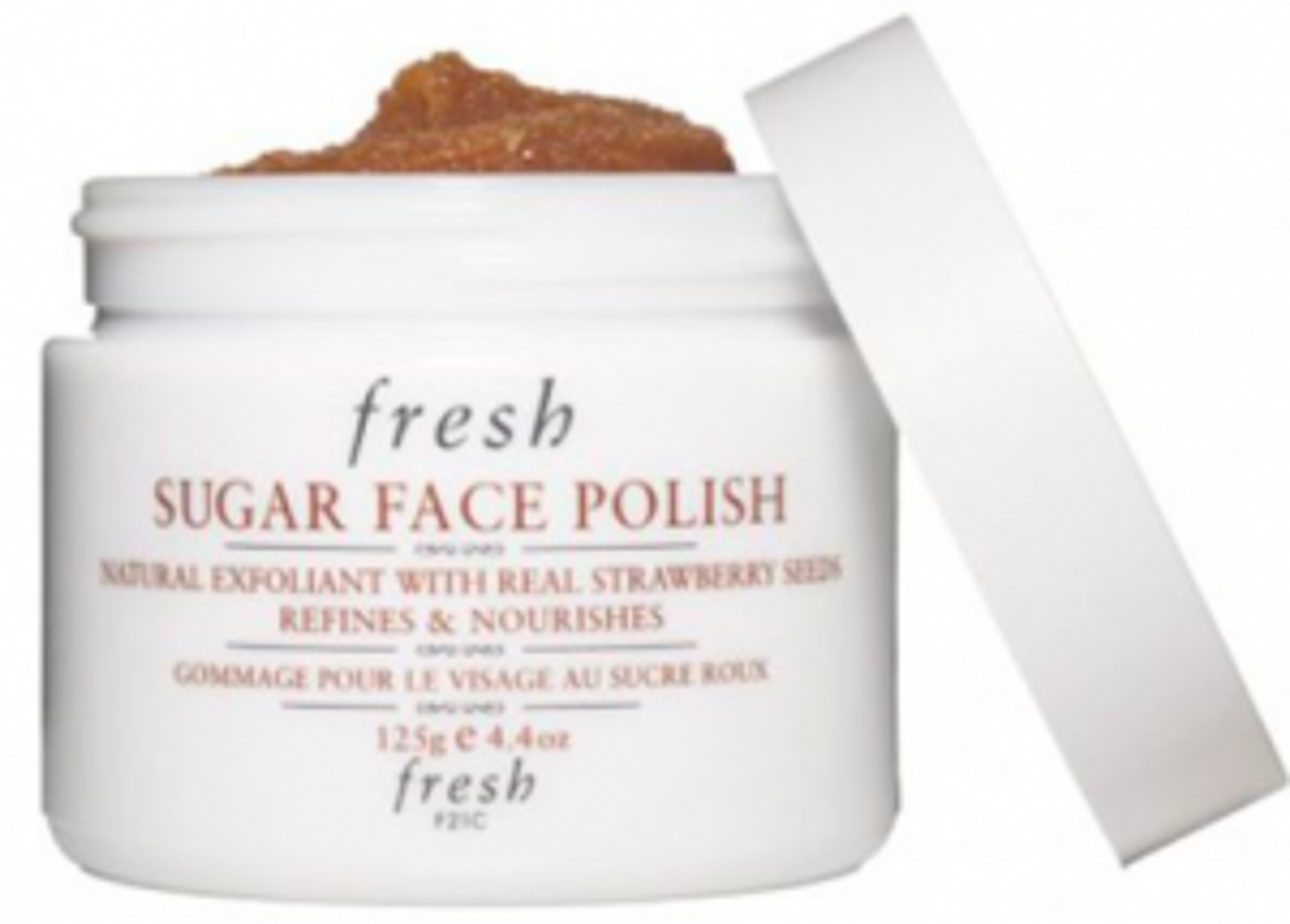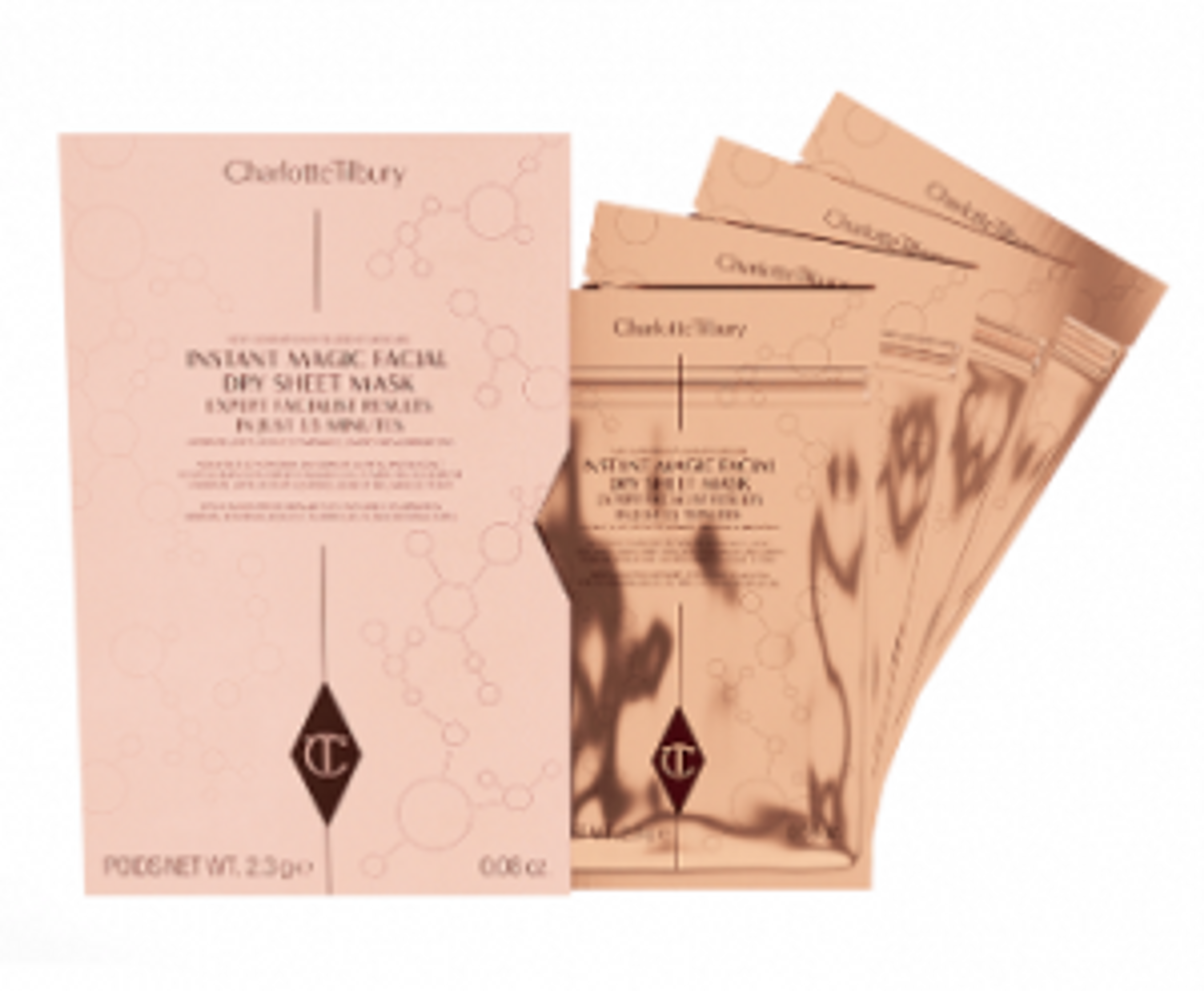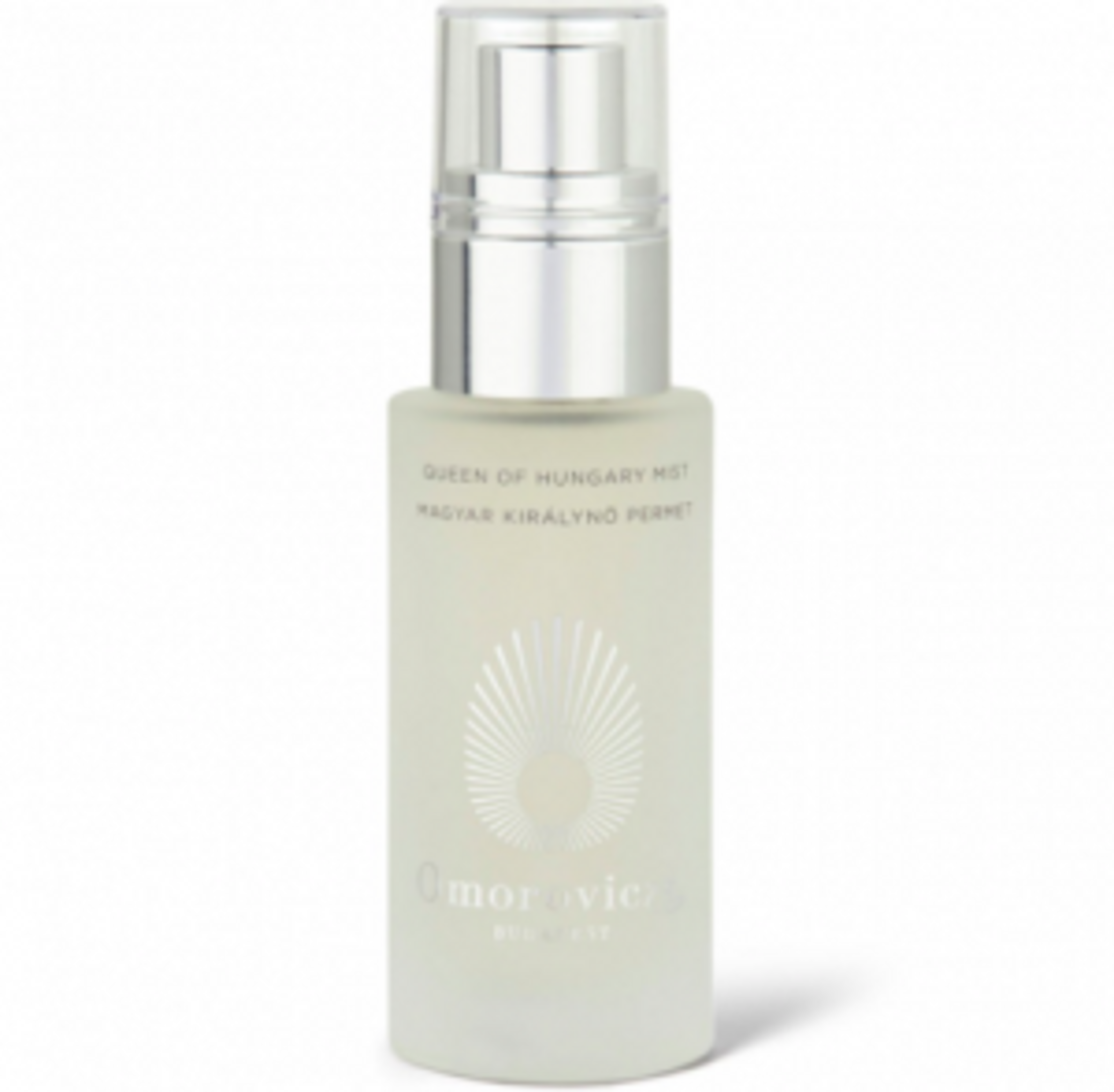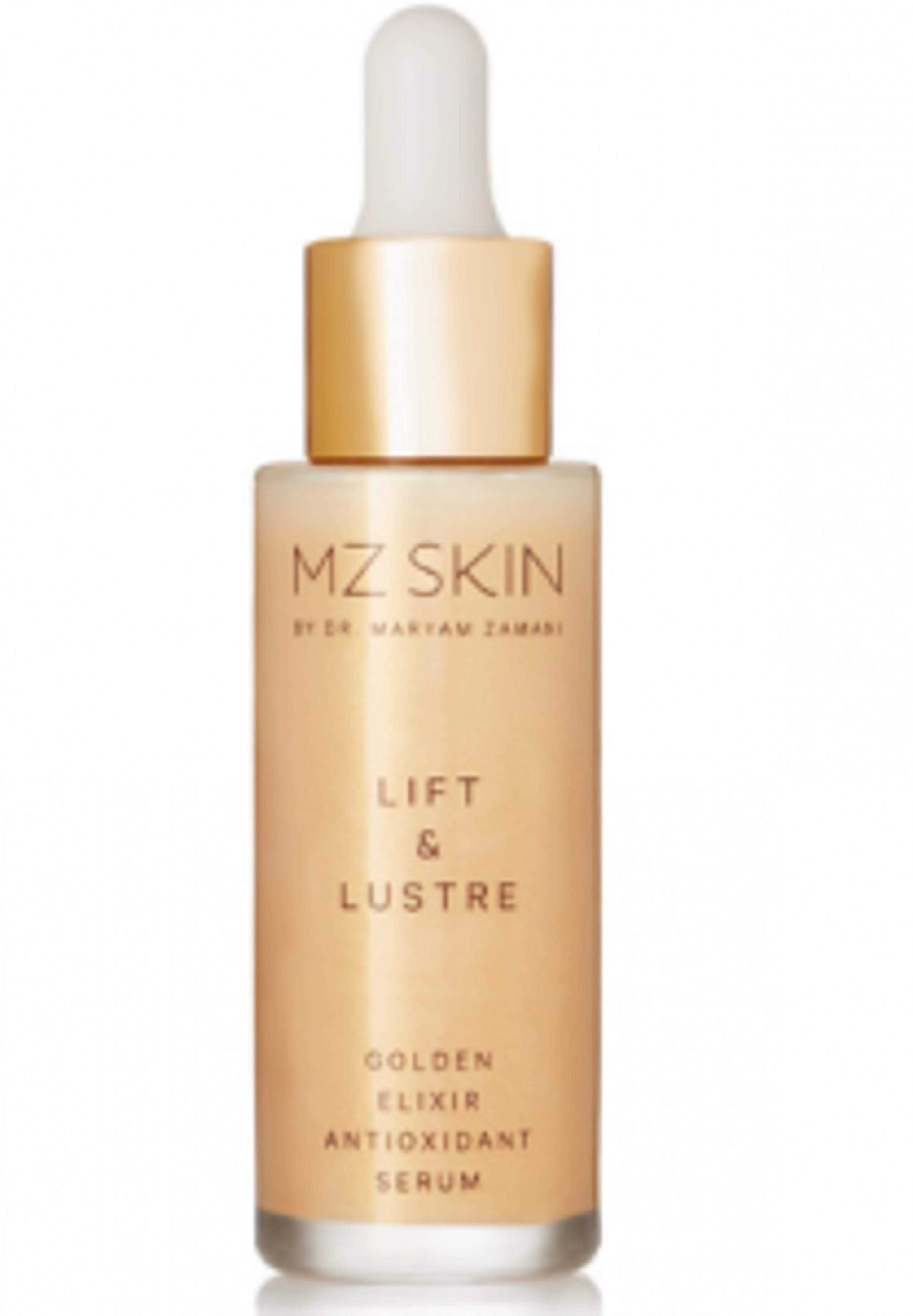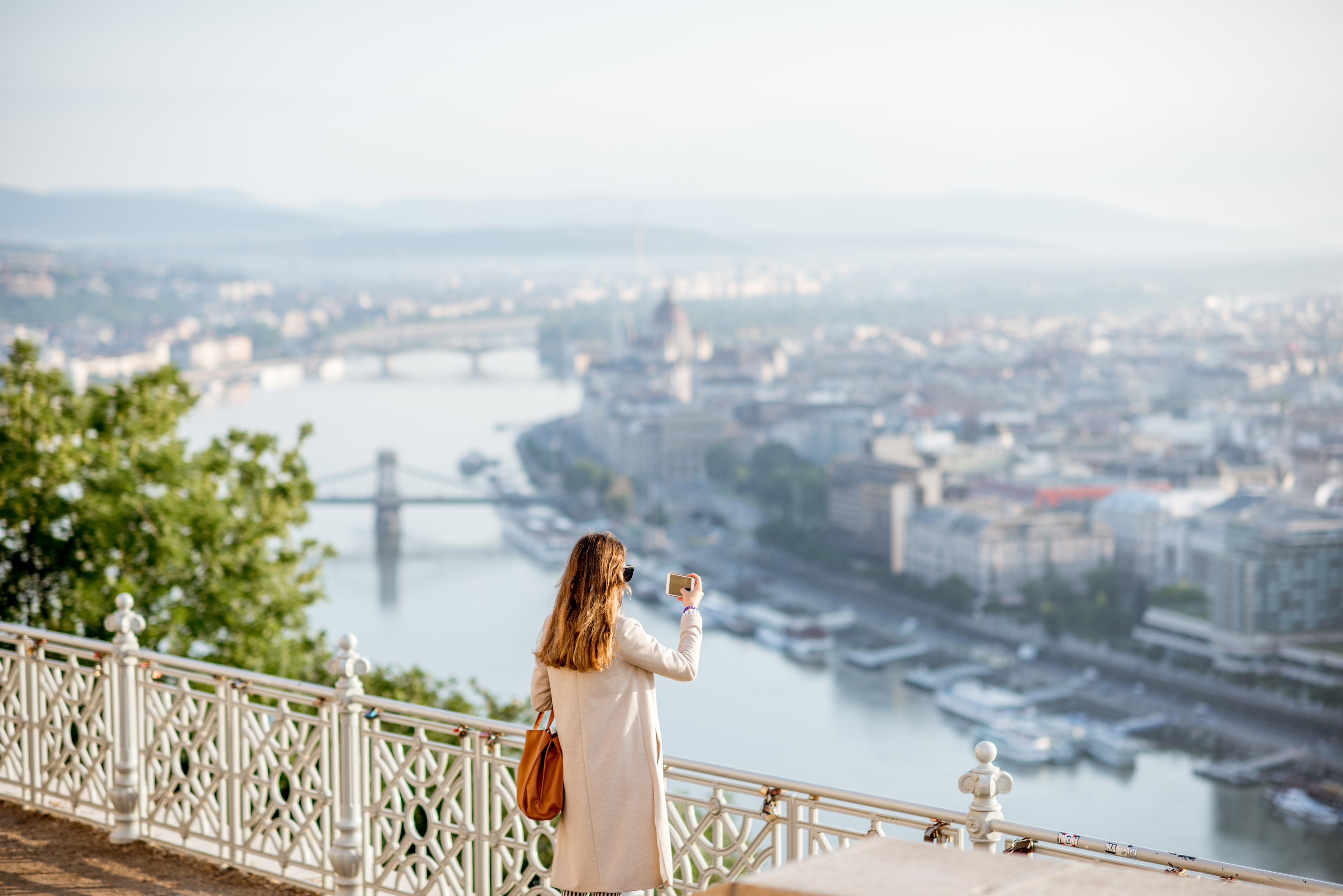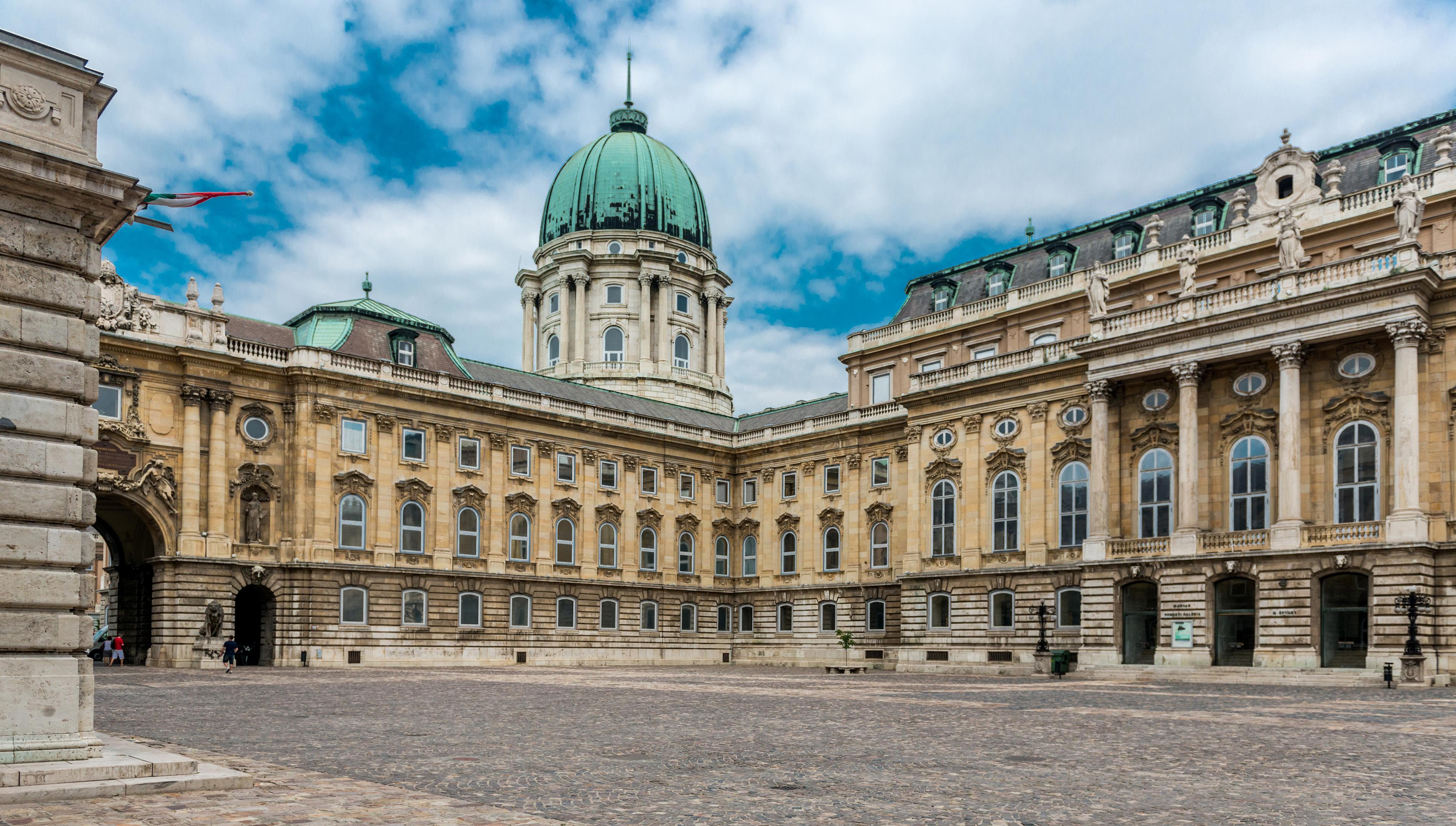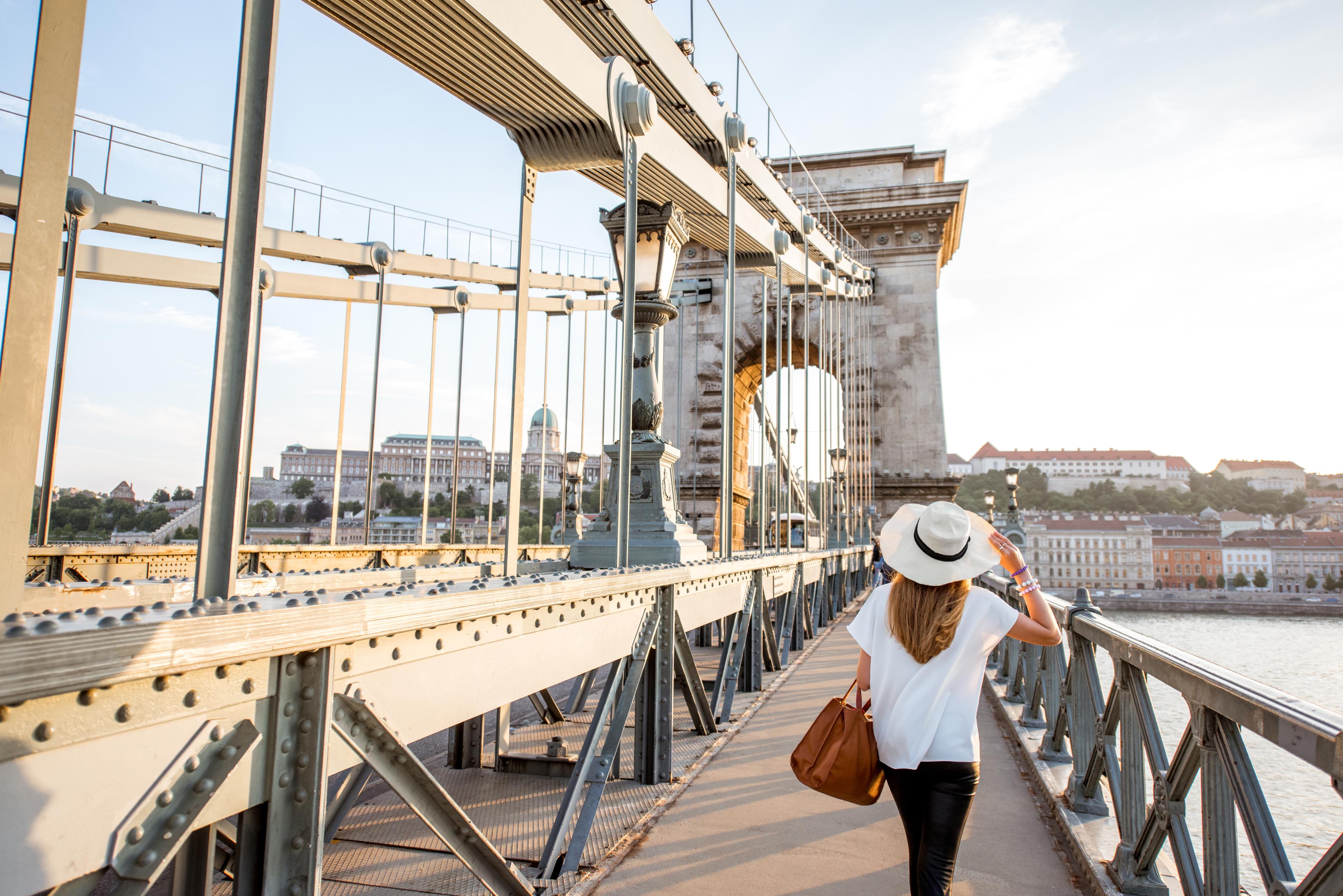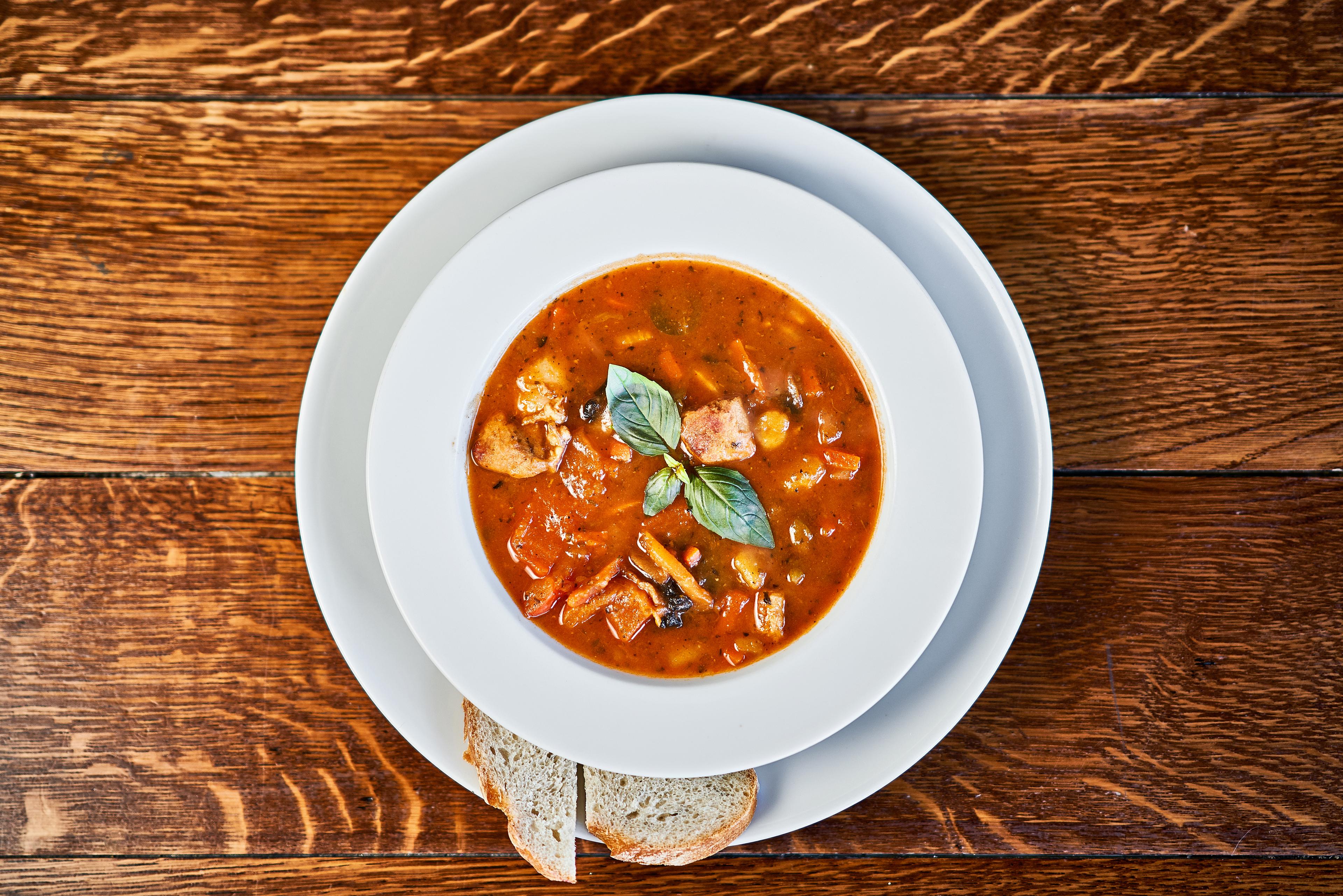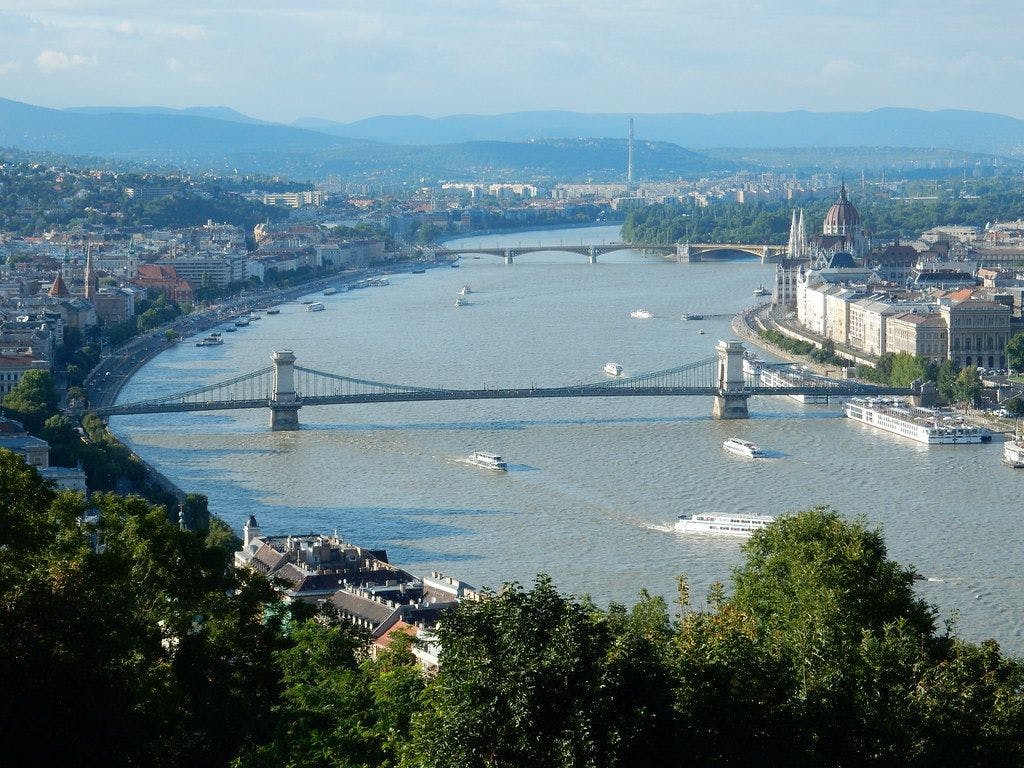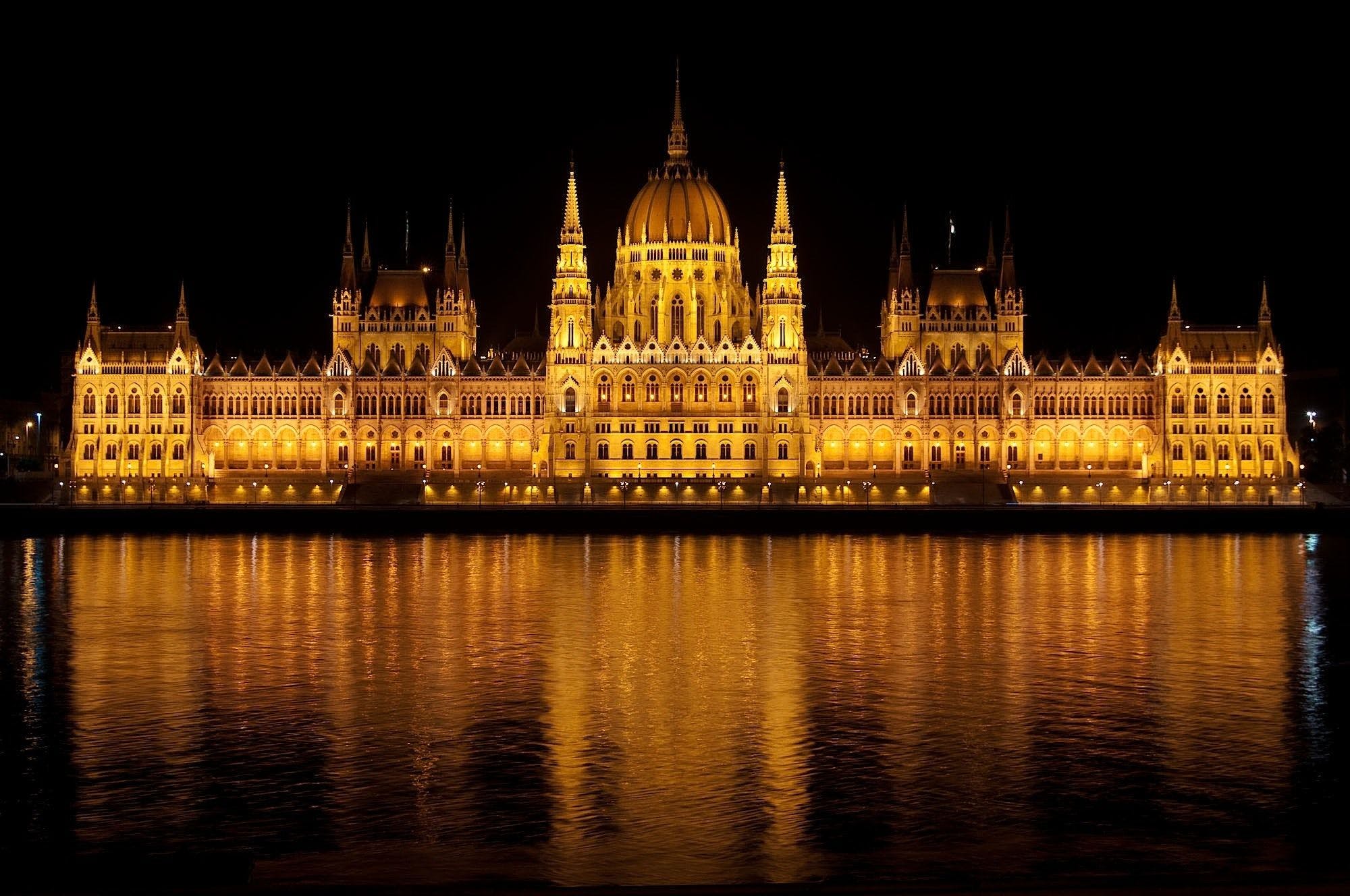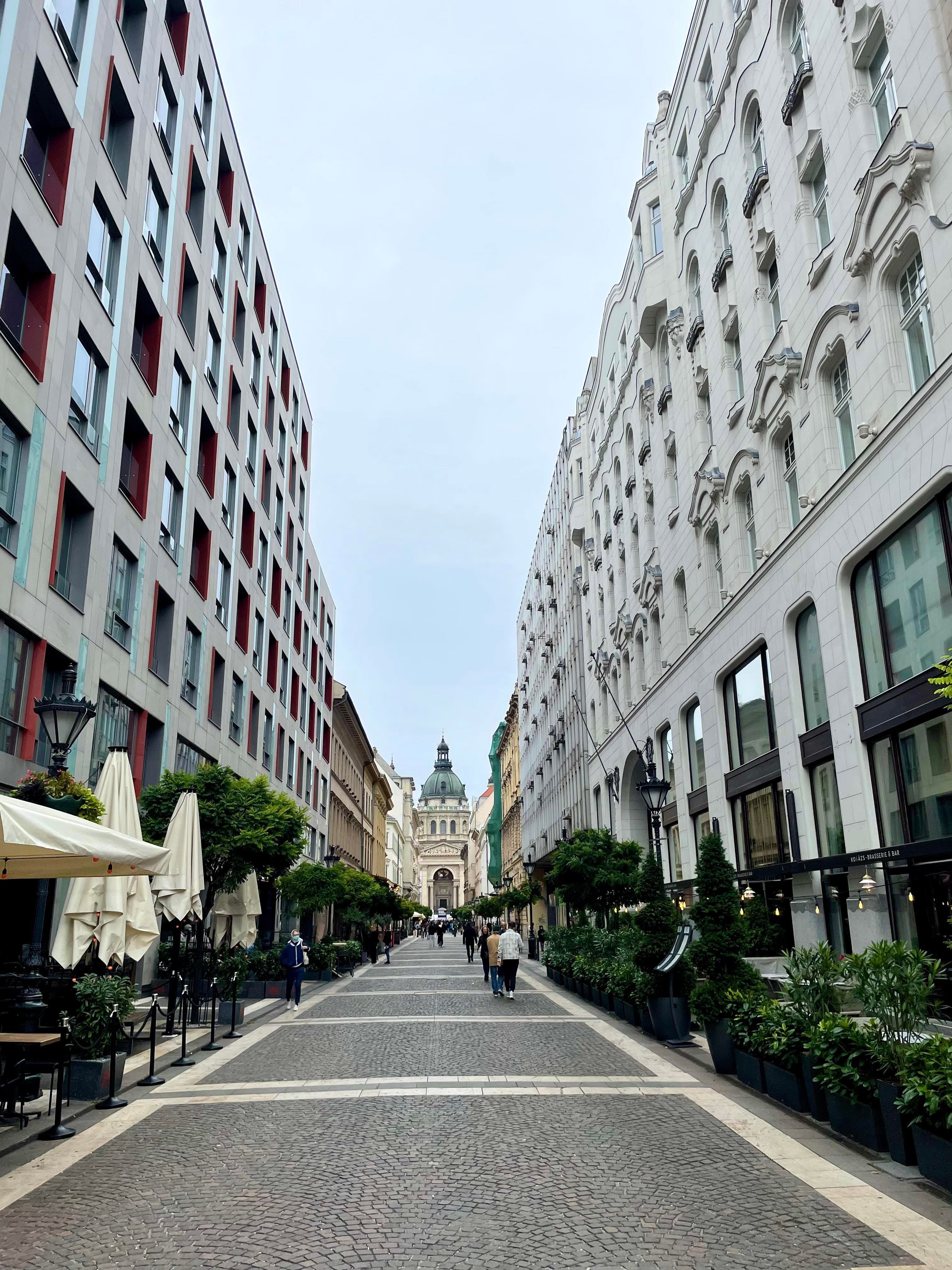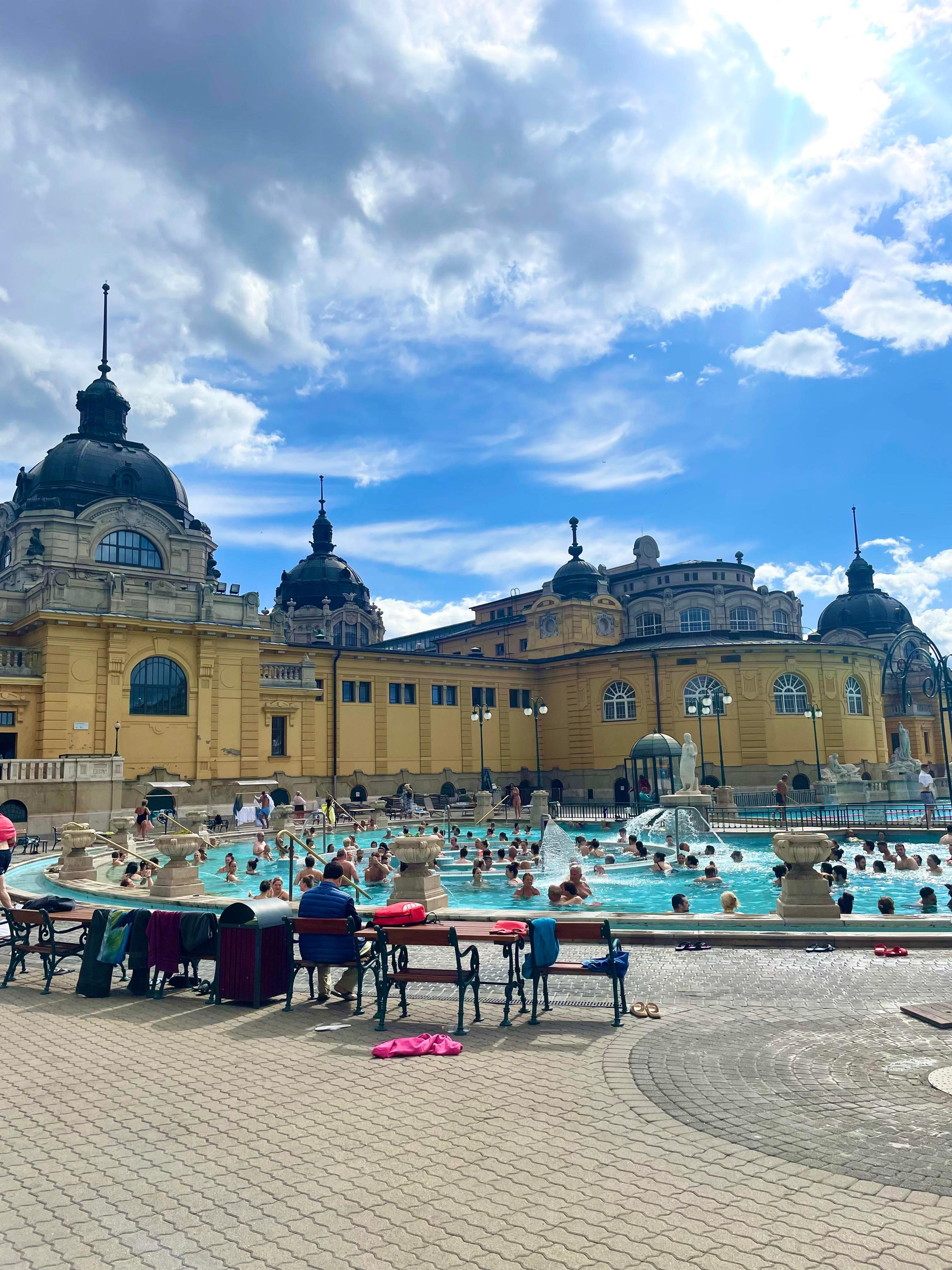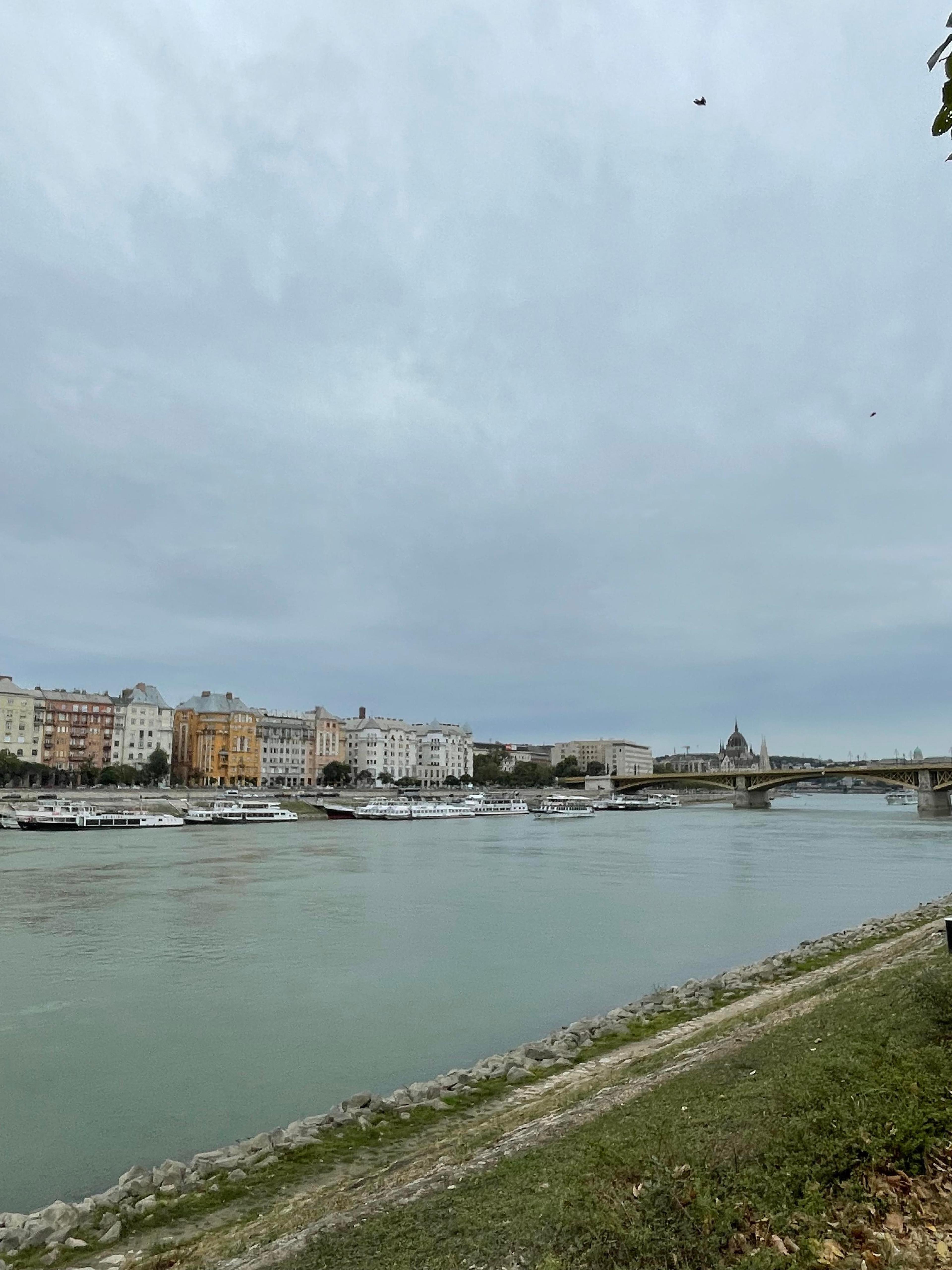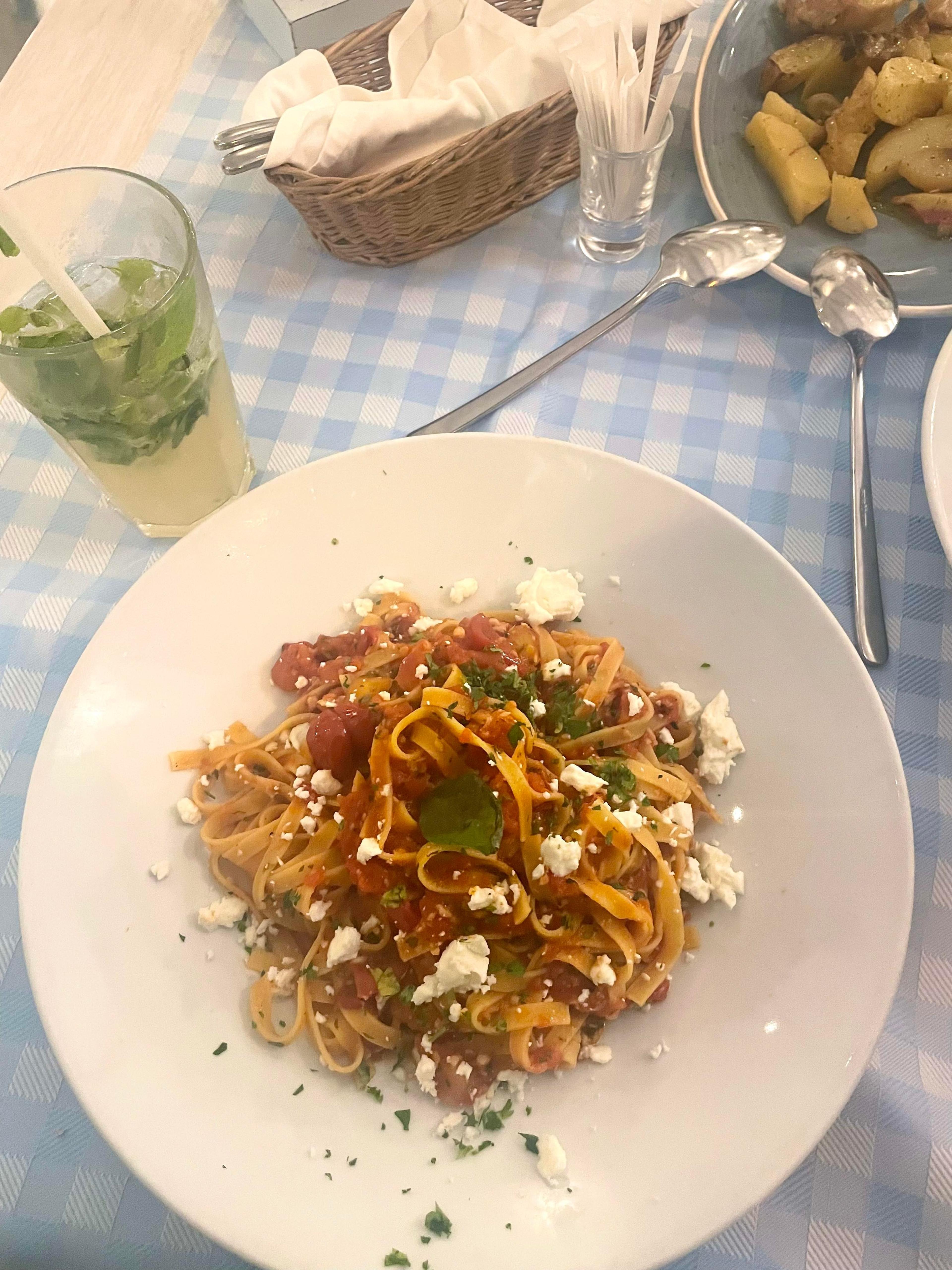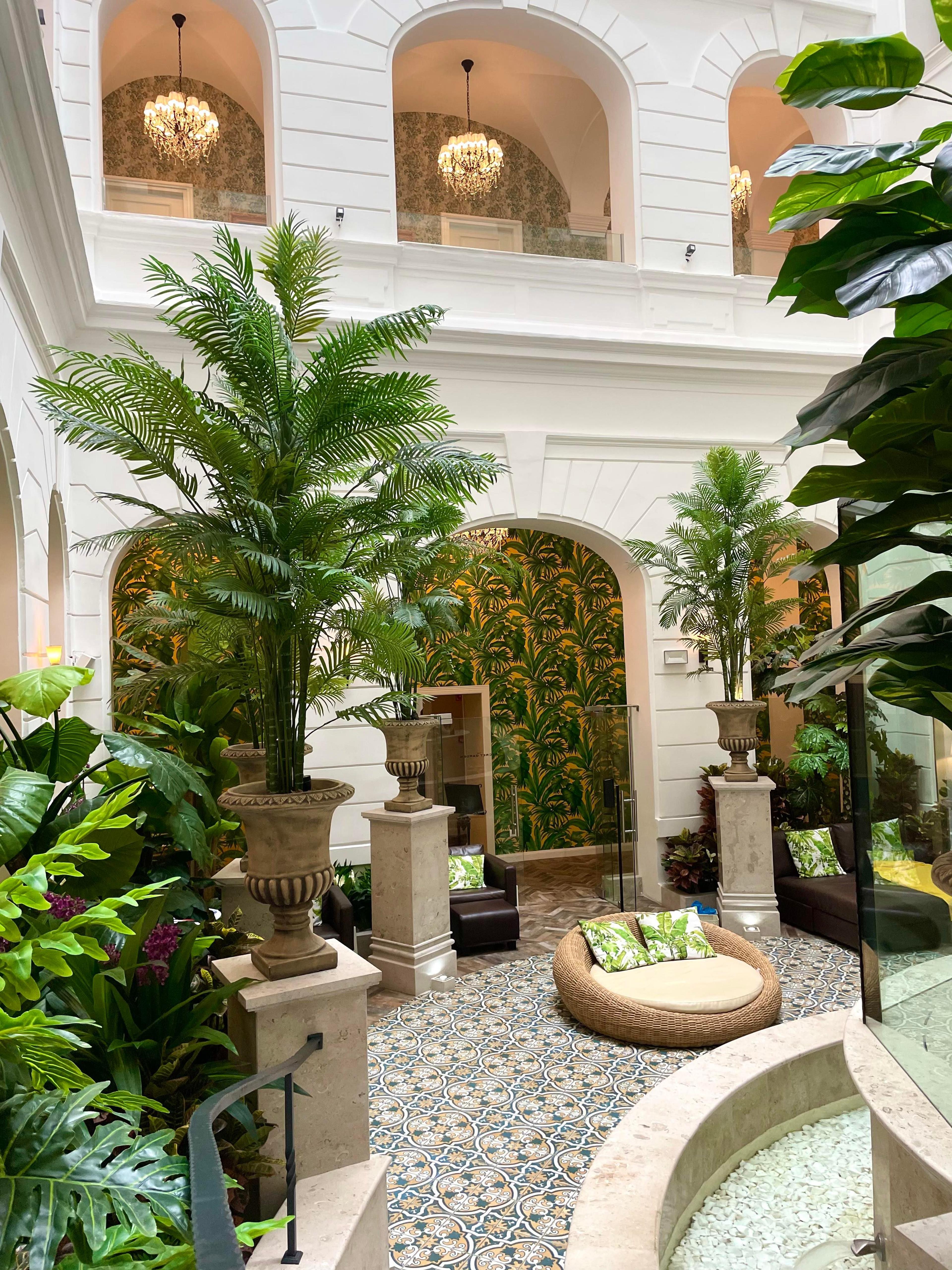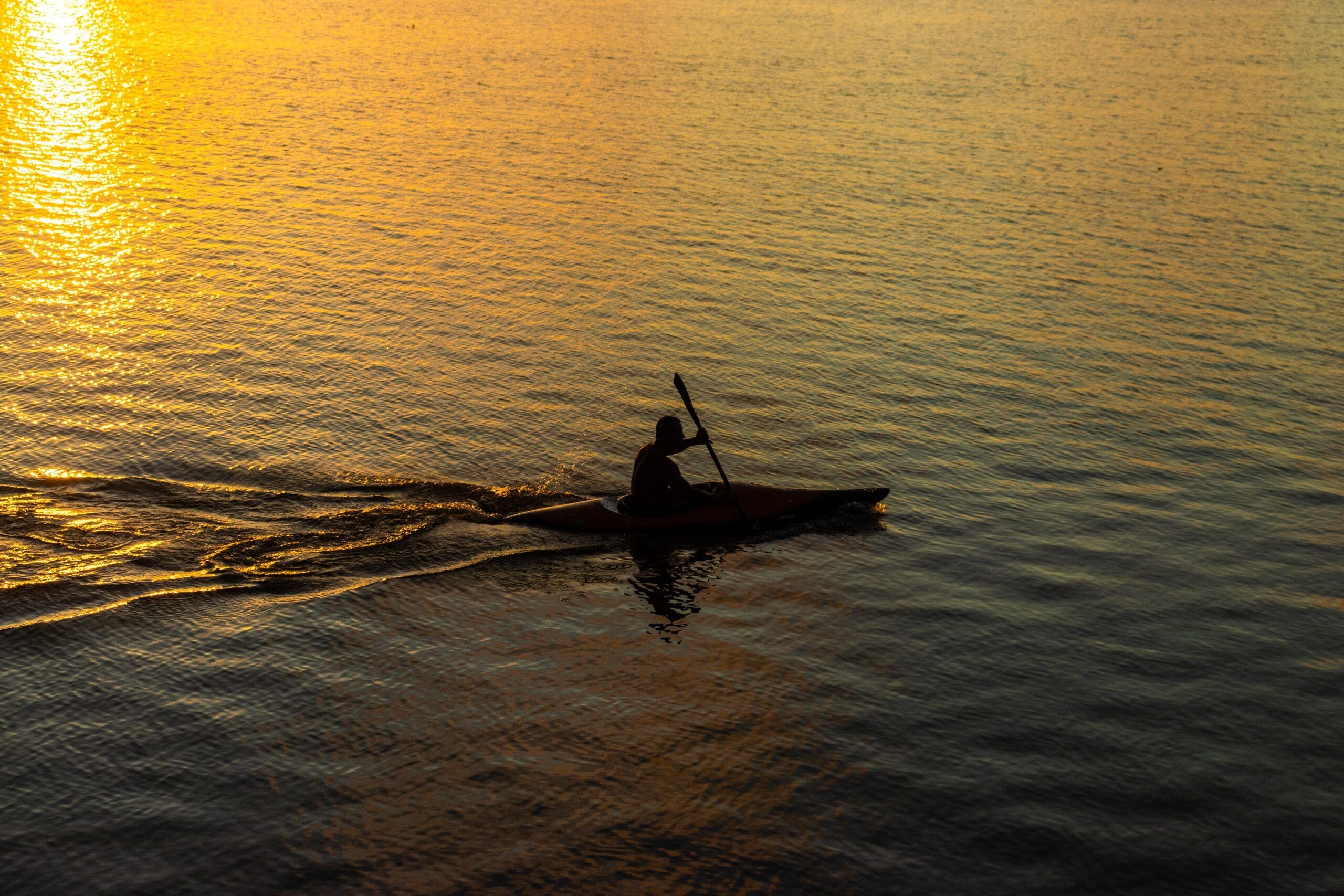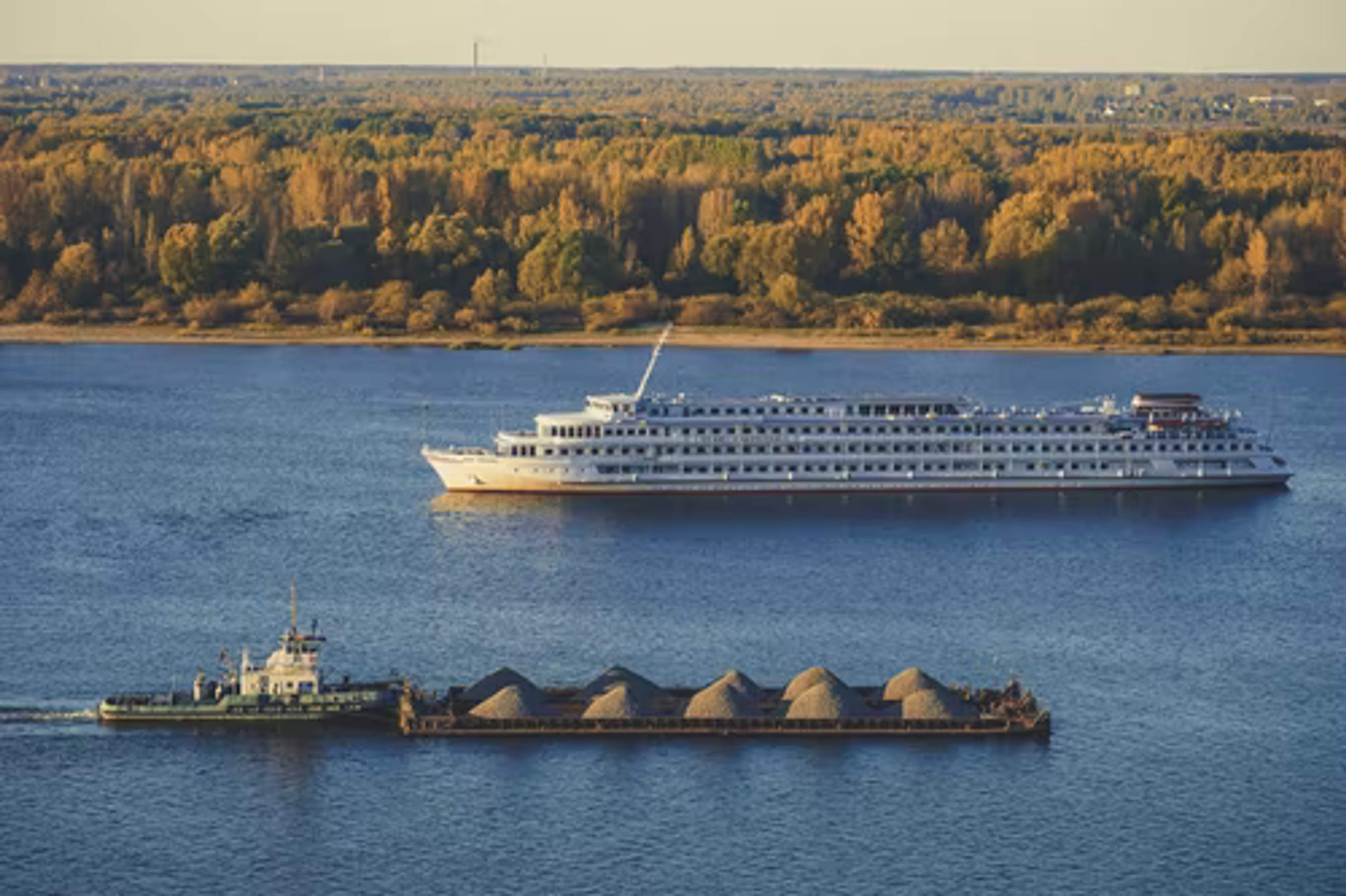Get ready for an adventure to Central Europe, as Team Coco takes you through the spa capital of the world – Budapest.
Why visit Budapest? It’s not just for the thermal baths! Our travel guide will reveal the city’s hidden gems, the best time to visit, and how to make the most of your trip. Trust us, you won’t want to miss out on this edgy and vibrant destination packed with so much history and culture.
This beautiful city is packed with so much history and culture, it’s a place full of life and energy, a capital that boasts quirky bars, stunning architecture, and unique art. Sit tight, and prepare yourself to be amazed by the city of Danube.
Our Budapest travel guide will take you on a tour of both sides of the city, Buda and Pest, as well as the space that meets them in the middle – the Danube River and Margaret Island.
Each part of Budapest is completely unique and brings different vibes to your city break. We’ll explore the history of the vibrant capital, and the reason why the two sides of the city are split.
We’ll also taste the deliciousness of traditional Hungarian food, discover some cheap eats for those on a budget and pinpoint the most Instagrammable bars and restaurants so you can get popping pics!
We’ll delve into the rich culture including the Hungarian State Opera House, the impressive Parliament building, the third largest parliament building in the world, the Danube River, and the National Art Gallery.
Take some time out, and let your hair down at the sophisticated rooftop bars and relaxing thermal spas. As well as this make sure to enjoy delicious outdoor food markets and fun selfie museums.
Let us be your trusty Budapest travel guide, as we explore this beautiful Hungarian city filled with color, history and tranquility.
The History Of Budapest – Buda vs Pest
Before jumping into our best travel tips, let’s start with the history of Budapest, the city that lives a double life. Behind the beautiful Capital of Hungary, lies fascinating history and rich culture.
Buda and Pest lie on either side of the Danube River, and not only give the city its name but also define the lifestyle and character of each side – both completely different. Linked by the Chain Bridge since 1849, each side is easy to access, and even has a mini island, with plenty of fun activities, located in the middle of the river to add to its uniqueness.
Their separation runs deeper than the river though, these two regions have their own distinct personalities. Where Buda’s hills offer sweeping panoramas across the city, Pest is entirely flat. While Buda’s Castle District purrs with imperial taste, Pest’s buzzing bar scene is always lively.
Discover which side is suited to you, or you may even prefer to be in the middle, at Margaret Island.
BUDA
The Buda side is a classical district offering tranquil settings, beautiful architecture and breathtaking views of the city. Most travellers that visit Budapest head over to the bridge to take in the iconic Buda castle, Fisherman’s Bastion and the charming neighbourhood that surrounds it.
It’s a beautiful part of the city, but Buda stretches far and there’s so much more to see than its renowned Buda Castle.
Things To Do In The Buda District
Indulge In Buda’s Turkish Baths
Looking to add a little relaxation to your Budapest visit? Don’t miss out on the opportunity to indulge in Buda’s Turkish baths.
The Hungarian capital is renowned for its Roman thermal spas, but that’s not the only option the city has to offer. The baths on the Buda side are a lot more upscale and luxurious than the ones you would see on the Pest side.
Indulge in the most beautiful Turkish baths, Gellért Spa is famous for its Art Nouveau entrance hall, or discover the Ottoman-built Rudas Baths, Budapest’s oldest thermal baths or the expensive, but historical Kiraly Bath. This is a truly beautiful and historic place that you will not want to miss out on.
Explore Buda’s Caves
If you’re wanting to dig deep into Budapest’s history, the caves are a must for your to do list! ‘Castle Labryinth’ is located underneath the Buda Castle. Adventure into two natural caves with stunning stalactite and stalagmite formations, and you might even spot some crystals!
Visit Buda Castle
A must-see on any Budapest travel guide, the Buda Castle with its tumultuous history is an Unesco World Heritage Site and one of the most iconic landmarks in Budapest.
Buda Castle has been rebuilt and destroyed several times, and the last time it was brought down was during World War II. The castle suffered heavy damage due to Allied bombings, and it was almost completely reduced to rubble. Its strategic location as a German military headquarters made it a prime target, resulting in extensive destruction of the castle’s structure and interiors.
However, the Hungarian government didn’t let this setback dampen their spirits, and they undertook a massive restoration project to revive the castle’s former grandeur. The restoration work continued for over a decade, and the castle was finally restored to its former glory.
Today, Buda Castle is one of Budapest’s most prominent landmarks and home to a number of museums and cultural institutions, including the Budapest History Museum. This museum is a treasure trove of artefacts and exhibits that tell the story of Budapest’s rich history, from ancient times to the present day.
Visitors can explore the castle’s underground tunnels, admire mediaeval architecture and artefacts, and learn about the city’s complex past.
Enjoy a Drink At Budai Parkszinpad
Once an open-air theatre that fell into disuse for years, Újbuda’s Feneketlen Tó, which translates as the Bottomless Lake, has a cool summer hangout.
The old theatre has had new life injected into its amphitheatre-esque structure offering an open-air complex that comes complete with a fully stocked bar as well as some Balkan bites courtesy of Montenegrói Gurman. This has become the new Kertem of Buda, especially coming to life when the multi-coloured fairy lights come on after dark.
Relax On Bartok Bela Street
Bartók Béla Street is a newly hip part of Buda. Historically a hangout spot for Hungary’s creatives, it’s still a cultural melting pot thanks to the students from the local BME University that frequent the area.
We recommend stopping at Hadik for lunch, or Kelet if you’d like to browse their bookshelf for something to read while you sip.
If you’re vegan, be sure to check out Veganlove for their burgers, and if you find yourself there at sunset, be sure to grab a drink and go sit in Lake Feneketlen Park, with its cute scenery and surroundings.
Stroll The Streets Of Castle Hill
Take a stroll through the charming cobblestone streets of the Castle District, admire the beautiful architecture and stop at quaint shops and cafes along the way.
You can also visit Matthias Church, a stunning mediaeval church with a colourful tiled roof, or explore the Hungarian National Gallery, which houses an impressive collection of Hungarian art.
PEST
While Buda is renowned for its grandeur and attractions like Hapsburg Palace, Pest is fiery and lively and home to bustling backdrops of ruin pubs, historic attractions, and replete café culture.
Things To Do In The Pest District
Take a Dip At Széchenyi Thermal Bath
Hungarians love a spa setting and head to Széchenyi Thermal Bath in the summer months to cool off in the outdoor pools. This thermal bath is one of the biggest natural hot springs in the world featuring 18 swimming pools with both freshwater and geothermal baths on site. The water source is from hot springs below Heroes’ Square, drilled in the late 19th century.
Enjoy a thermal bath by day, no matter what time of the year the waters will keep you warm, or party by night in the disco events held by Széchenyi.
The Palm House is the bathhouse’s rooftop oasis, filled with exotic plants and tall palms thriving in the heat of the baths and the sunlit glass-topped roof.
Visit Heroes Square
Adjacent to the Palace of Art and the Museum of Fine Arts, Heroes’ Square commemorates Hungary’s most prominent leaders. Set at the City Park entryway, Heroes’ Square, was built in the late 19th century. At the monument’s front section, a large cenotaph is flanked by a decorative iron chain, dedicated to the heroes that died fighting for national independence.
On the flip side, it is a major attraction within the square: the iconic series of statues epitomizing the Seven Chieftains of the Magyars. Because of the square’s historic significance and dedications, it’s common to see major political events happening within it.
Take a Wonder Down Váci Street
Váci Street is Budapest’s most popular avenue in the downtown area filled with everything a city needs: restaurants, bars, and shops are found along this stretch in the Belvaros neighborhood. The summer months bring the crowds and so does the popular Christmas market in Vörösmarty Square. It has everything to offer including wine shops, clothing stores, bakeries, traditional items, and bookstores abound.
Váci Street displays varying architecture, dozens of large statues, and the beautiful 18th century Church of Saint Michael, where the Budapest Baroque Festival happens.
How Many Days Are Enough In Budapest?
The European city break of dreams, Budapest has so much to offer! We would recommend adventuring around the city for four days with a jam-packed itinerary. Both sides of Budapest are easily accessible, whether you get public transportation, use taxi drivers or simply walk and get your steps in.
And if you wish to visit Budapest’s city centre and are wondering where it is considering the city’s two sides, let us fill you in. The heart of the city lies in District V., also known as the downtown or Belváros.
Walking around a city is definitely the best way to explore, as you see some amazing sights and discover aspects you usually wouldn’t. After all, adventures are all about getting lost in the city!
You also have the option to buy tickets for interrailing or day trips to other European cities such as Prague and Vienna, you can see as much of Europe as you like once you have fully explored Budapest.
What Is The Best Month To Go To Budapest?
For those of you interested in knowing the best time to visit Budapest, we would recommend the off-peak seasons such as May or September. The weather is usually warm during this time, but not too hot with the average temperature at 23°. You can enjoy cocktails by the river, but still explore as much as you like without feeling the sweat. It’s also less crowded with tourists, and it will be easier to book restaurants, spas and activities.
Best Breakfast Places
One of the most gorgeous restaurant settings, A La Maison is in the heart of Budapest’s downtown. Renowned for its striking glass mosaic perched atop the 1980s Art Nouveau building. Explore the extensive menu including croque madame, eggs Florentine, waffles, as well as acai bowls and avocado toast.
It’s recommended to book in advance if you want to enjoy breakfast here, as it’s one of the most popular brunch spots in Budapest.
Situated in the cobble-stone courtyard of a historic downtown building in Budapest, Szimply is popular amongst chic millennials and students. The simple menu is a collection of on-trend international breakfast staples such as avocado toast, garnished with chickpeas, beets, pickled onions and ruccola. The menu changes seasonally, but it’s a favourite for vegans and those who are gluten-free.
Cheap Eats
Named after the one and only Las Vegas, this popular food truck now has five different locations in Budapest! They specialise in veggie burgers, including the well-known Beyond Meat Burger. It’s the perfect option for Vegans who enjoy burgers, although meat-eaters love the burgers here too!
Prices of the burgers range from 1,690 Hungarian forint for the Dr. Carrot to 2,790 for the Beyond Meat Burger.
In addition to burgers, Las Vegan’s also offers nuggets, burritos and other Mexican-themed dishes.
Within stumbling distance of the infamous ruin bar Szimpla Kert, Karavan is a cute little courtyard of food trucks, complete with fairy lights and a bar. With so many different street food trucks, this is a great place to find cheap food and quick eats in Budapest. For the meat eaters, there’s Mexican, Italian and of course, traditional Hungarian goulash served in a big bowl made of bread.
Open day and night, it’s the perfect place for solo travellers to grab a bite, join a table and make some conversation.
Great Market Hall
The Great Market Hall built in 1987 is a large, indoor market that is full of stalls selling food and souvenirs. It’s a great place to explore and buy local products, and there’s always lots of activity going on here. Not only do you get to enjoy a taste of cheap, local cuisine, but you can take in the views of the gothic architecture and Hungarian culture.
Evening Meals
On every tourist’s hit list, the New York Café is a historic and ornate restaurant in downtown Budapest that serves coffee, cake and Hungarian cuisine. The cafe has frescoes and chandeliers, as well as a cupola and crystal chandelier, making it a beautiful place to enjoy coffee or cake.
A cool and classical rooftop bar located on the 9th floor of the Aria Hotel on the Pest side of the Chain Bridge. You can enjoy incredbile views of the vibrant city by day and night. Offering bar service and restaurant service, enjoy a limited menu of burgers and steaks while indulging in one of their very fine cocktails.
A taste of Greece comes to Budapest, with this Instagrammable restaurant designed to mirror the Greek Island of Santorini. The interior of this building is outstanding, expect white walls with splashes of blue, checked tablecloths and wooden seats – almost like you are dining nearby the sandy beaches of Greece.
The menu consists of everything Greek including feta cheese pasta, Greek salads, and freshly prepared seafood. The service is incredible and you get a real feel of Greece, they even wave you off with a rose.
Local Cuisine
Chimney Cakes
On every corner of Budapest you will find chimney cake stands.
The chimney cake is the perfect snack or desert for those with a sweet tooth. It consists of a thick cake batter wrapped in a cone shape and cooked over hot coals right in front of you. It’s rolled in all manner of sweet delights such as nuts, coconut and sugars.
Finally, it is filled with ice cream, and drizzled with chocolate sauce, or your choice of flavour, some of them even offer to mirror your favourite chocolate bar such as snickers, oreos and mars bar.
Gulyas
Every visitor to Budapest is familiar with the traditional Hungarian dish Goulash, or as locals call it, Gulyás.
The specialty is a stew-like soup with beef, onion, tomatoes, pepper, paprika, and other ingredients, originally cooked in a cast iron over an open fire. It used to be the typical food of herdsmen cooking it in a kettle on fire in the open-air, and only in the 19th century, Goulash became a national treasure, which is now an essential part of the mouth-watering Hungarian cuisine.
Langos
A popular food in Hungary and a must-taste while exploring the streets of Budapest is Lángos – deep-fried sourdough garnished with various toppings. The epitome of Hungarian comfort food, Lángos is a popular street food, an on-the-go meal found in food markets and restaurants.
The fried sourdough is crispy on the outside and soft on the inside, traditionally topped with garlic oil, sour cream, and grated cheese; however, the topping for your perfect Lángos is up to your imagination.
Where To Stay In Budapest
For the ultimate in luxury, indulge yourself at the Matild Palace, a Luxury Collection Hotel. Located in the heart of the city, this opulent hotel boasts lavish rooms, a full-service spa, and a mouth-watering restaurant.
Image courtesy of Matild Palace
For a serene escape from the city, the Bagatelle Gardenhouse is a boutique hotel that’s sure to soothe your soul. With lush gardens, cosy rooms, and a delicious breakfast, it’s the perfect place to recharge.
Kozmo Hotel Suites & Spa, a member of The Leading Hotels of the World, is the ultimate spot for modern luxury seekers. With sleek, contemporary suites, a vast culinary offer, and a luxurious spa, you’ll feel like royalty during your stay.
Experience the grandeur of a bygone era at the Anantara New York Palace Budapest. This historic hotel boasts sumptuous rooms, elegant decor, and fine dining restaurants that will transport you back in time.
Image courtesy of Anantara New York Palace Budapest
Step into the Art Nouveau era at Párisi Udvar Hotel Budapest, part of Hyatt. Housed in a beautifully restored building, this lavish hotel features stunning rooms, a serene spa, and an impressive atrium that will take your breath away.
If you’re on a budget, don’t miss Hotel Clark – with its modern rooms and unbeatable location, you’ll have everything you need to enjoy all that Budapest has to offer.
And for a cosy and stylish stay, check out Hotel Moments – it’s the perfect base from which to explore the city’s many landmarks and attractions, and their breakfast will have you fueled up for a day of adventure.
That’s the Budapest travel guide in a wrap, helping you to plan your European trip of a lifetime, including everything from dining to places to visit in Budapest and the top Budapest attractions.
This unique city has so much to offer, you will be exploring the historical culture for days! Sit back and relax in the famous thermal spas, or crank it up and relive your youth in the disco spas. The chic city will make you fall in love with European culture all over again.



